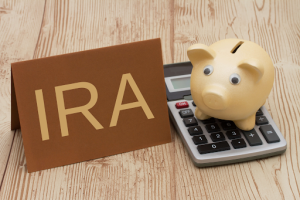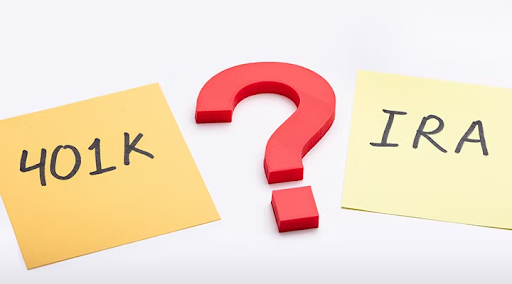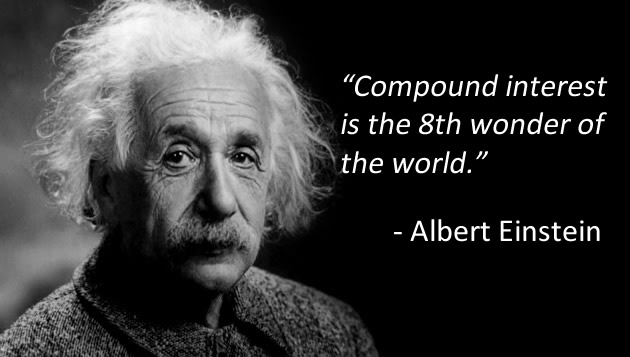For beginners in the U.S. eager to embark on their basic investing for beginners journey, two terms often stand out as essential pathways to retirement savings: the IRA (Individual Retirement Arrangement) and the 401(k). While both are powerful tax-advantaged accounts designed to help you save for retirement, they have distinct features that make one or the other (or both!) a better fit for your personal financial situation.
Understanding the differences between an IRA and a 401(k) is crucial for maximizing your savings, optimizing your taxes, and setting yourself up for a comfortable future in the U.S.
The Core Purpose: Retirement Savings with Tax Advantages
Both IRAs and 401(k)s offer incredible benefits because they allow your investments to grow with significant tax advantages. This is a key component of long-term investment strategies. The two main types of tax advantages are:
- Tax-Deferred Growth: Your money grows without being taxed year-to-year. You only pay taxes when you withdraw funds in retirement.
- Tax-Free Growth: Your contributions are made with after-tax money, but qualified withdrawals in retirement are entirely tax-free.
Let’s dive into the specifics of each:
The 401(k): Your Workplace Powerhouse
A 401(k) is an employer-sponsored retirement savings plan. This means you can only contribute to a 401(k) if your employer offers one.
Key Features and Benefits for Beginners:
- High Contribution Limits: As of 2025, you can contribute up to $23,000 per year (or $30,500 if you’re 50 or older), significantly more than an IRA. This allows for rapid wealth accumulation.
- Employer Match (Free Money!): This is the single biggest advantage of a 401(k). Many employers will match a percentage of your contributions (e.g., they contribute 50 cents for every dollar you put in, up to 6% of your salary). Always contribute at least enough to get the full employer match – it’s an immediate, guaranteed return on your investment, often 50-100% or more!
- Payroll Deductions: Contributions are automatically deducted from your paycheck before taxes, making saving consistent and relatively painless.

- Traditional vs. Roth 401(k):
- Traditional 401(k): Contributions are pre-tax, meaning they reduce your taxable income now. Your money grows tax-deferred, and you pay taxes when you withdraw in retirement.
- Roth 401(k): Contributions are made with after-tax money. Your money grows tax-free, and qualified withdrawals in retirement are entirely tax-free.
- Loan Option: Some 401(k) plans allow you to borrow against your vested balance, though this should generally be a last resort.
Considerations:
- Limited Investment Options: Your investment choices are typically limited to the funds offered by your employer’s plan (which may include a few mutual funds and ETFs).
- Vesting Schedules: Employer matching contributions may be subject to a “vesting schedule,” meaning you have to work for the company for a certain period before the matching funds are fully “yours.”
- Fees: Some 401(k) plans can have higher fees compared to IRAs or individual brokerage accounts.
The IRA: Your Personal Retirement Power Tool
An IRA (Individual Retirement Arrangement) is a personal retirement account that anyone with earned income can open through a brokerage firm (like Fidelity, Vanguard, Charles Schwab, etc.). You manage it yourself, choosing your investments.
Key Features and Benefits for Beginners:
- Greater Investment Choice: You have a vast array of investment options, including individual stocks, bonds, ETFs, mutual funds, and even real estate (in some cases). This allows for greater customization.
- Lower Fees (Often): Many online brokerages offer IRAs with $0 account minimums and commission-free trading for many ETFs and stocks, potentially leading to lower overall costs than some 401(k)s.
- Traditional vs. Roth IRA:
- Traditional IRA: Contributions may be tax-deductible now (depending on your income and whether you’re covered by a workplace plan). Growth is tax-deferred, and withdrawals are taxed in retirement.
- Roth IRA: Contributions are made with after-tax money (not tax-deductible now). Your money grows tax-free, and qualified withdrawals in retirement are entirely tax-free. Roth IRAs are particularly attractive for beginners who anticipate being in a higher tax bracket later in life. There are income limits for direct Roth IRA contributions.

- Access to Funds (Roth IRA): You can withdraw your Roth IRA contributions (not earnings) at any time, tax-free and penalty-free, making it a surprisingly flexible emergency fund or a way to save for a first-time home purchase (up to $10,000 in earnings can also be withdrawn tax/penalty-free for a first-time home purchase).
Considerations:
- Lower Contribution Limits: As of 2025, you can contribute up to $7,000 per year (or $8,000 if you’re 50 or older), significantly less than a 401(k).
- No Employer Match: You don’t get the “free money” employer match that many 401(k)s offer.
- Self-Directed: You are responsible for choosing and managing your investments, though robo-advisors can automate this within an IRA.
IRA vs. 401(k) for Beginners: Which One First?
For most beginners in the U.S., here’s a general strategy:
- Contribute to Your 401(k) up to the Employer Match: This is usually the highest priority because the employer match is free money and an instant return on your investment. Don’t leave money on the table!
- Max Out a Roth IRA (If Eligible): If you’ve gotten your 401(k) match, consider fully funding a Roth IRA next. Its tax-free growth in retirement and potential for tax-free early withdrawals of contributions offer great flexibility and upside for future tax rates.
- Increase 401(k) Contributions: If you still have money to save after maxing out your Roth IRA, go back to your 401(k) and contribute more, aiming to max it out ($23,000 in 2025).
- Taxable Brokerage Account: If you’ve maxed out all tax-advantaged retirement accounts and still want to invest, then consider a standard taxable brokerage account.
Conclusion
For beginners in the U.S. diving into basic investing, understanding the nuances of an IRA vs. 401(k) is fundamental for building a strong retirement foundation. While the 401(k) offers high contribution limits and the invaluable employer match, the IRA provides greater investment flexibility and unique tax advantages, especially the Roth IRA.
By strategically utilizing both accounts – prioritizing the 401(k) match first, then maximizing a Roth IRA, and finally increasing 401(k) contributions – you can leverage the best features of each to accelerate your wealth accumulation, optimize your tax situation, and pave the way for a financially secure retirement. It’s not about choosing one over the other, but rather understanding how to make both work in tandem for your long-term success.










